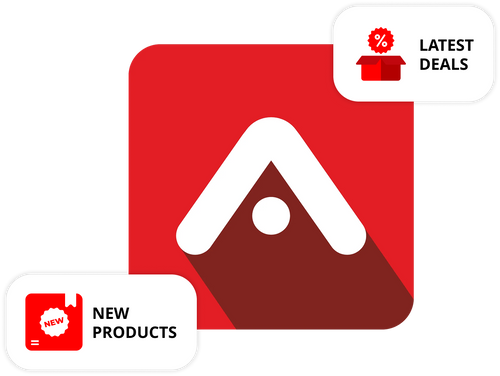
How Marine Automation Systems Work?
Marine automation systems are integrated technologies designed to monitor, control, and manage different functions of a ship. These functions can range from engine operations and fuel management to navigation, ballast control, and safety systems.
Using sensors, programmable logic controllers (PLCs), human-machine interfaces (HMIs), and data networks, these systems make it easier for engineers and crew to keep an eye on everything from one place-whether that's the engine control room or the bridge-so they can stay focused on smooth, safe operations.
Important Components of a Marine Automation System:

1. Sensors and Transmitters: These devices collect real-time data on various parameters such as temperature, pressure, fluid levels, and speed. This data forms the base of the automation process.
2. Programmable Logic Controllers (PLCs): PLCs are industrial computers programmed to implement control logic. They receive input from sensors and determine what actions to take-like adjusting a valve, switching on a pump, or sending an alert.
3. Human-Machine Interface (HMI): The HMI allows crew to monitor system performance and manually respond if necessary. It displays readings, graphs, alarms, and operational statuses on screens located in the engine control room or bridge.
4. Data Communication Network: A communication network (wired or wireless) connects all components, ensuring effortless data transfer between sensors, controllers, and interfaces.
5. Actuators and Output Devices: These devices execute physical actions-like opening/closing valves or starting/stopping motors-based on the commands from the control system.
Key Systems That Are Automated on Ships
1. Engine Monitoring and Control: Automates the engine power system by monitoring fuel flow, engine RPM, temperature, and engine oiling systems.
2. Power Management System (PMS): Manages the ship’s electrical load by controlling generators, shore connections, and switching operations.
3. Ballast Control System: Automatically adjusts ballast tank levels to maintain ship stability.
4. Alarm and Safety Systems: Monitors critical functions and triggers alarms in case of abnormal parameters like overheating or oil leaks.
5. Navigation and Bridge Automation: Integrates radar, GPS, AIS, and autopilot systems for route planning and real-time decision-making.
How It All Comes Together?
1. Sensors detect engine oil temperature and pressure.
2. PLCs process this data and determine if any readings fall outside normal range.
3. If the oil temperature rises too high, the system automatically sends a signal to activate cooling mechanisms or reduce engine load.
4. The HMI updates in real time and triggers an alarm to alert the engineer.
This entire loop happens within seconds-ensuring quick, consistent, and accurate responses to onboard conditions.
Benefits of Marine Automation Systems
1. Improved Safety: Early detection of faults helps prevent accidents and ensures compliance with IMO ( International Maritime Organization ) safety regulations.
2. Operational Efficiency: Reduces fuel consumption, maintenance costs, and manpower requirements.
3. Centralized Monitoring: Allows real-time data access from a single location, improving situational awareness.
4. Predictive Maintenance: Enables condition-based servicing, minimizing unexpected downtimes.

 Request for Quotes
Request for Quotes
 Help Center
Help Center




































































